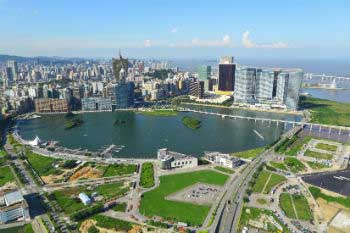Alternatives to GDP for measuring well-being
When analyzing people's well-being there are other indicators beyond purely economic ones. Do you want to know them?Is a person’s well-being solely a function of their economic circumstances? Are inhabitants of countries with a higher GDP (Gross Domestic Product) per capita happier because of this alone?

Many traditional economic indicators do not properly reflect the real story behind “well-being”. The economy is clearly essential for social development, but measuring it solely via economic, rather than human, factors can hide important social and environmental indicators that influence the real-life conditions facing human beings.
Organizations such as the United Nations, national governments, universities, NGO platforms and financial entities all use different indicators to measure welfare. These tend to link economic growth to social progress without identifying any moral objectives of the economy.
Social indicators
At the social level, there are many indicators for measuring well-being. Factors such as life expectancy at birth, level of education, empowerment of vulnerable groups, quality of employment, and quantity of free time, all give a more complete picture of personal development in society.
Meanwhile, aspects such as violence against women, sexual harassment legislation, physical safety, criminality indexes, good governance, and the signing of international arms treaties, all provide for assessing the suitability of the environment in which we co-exist.
Environmental indicators

For their part, environmental indicators such as marine biodiversity, ecological footprint, pollution levels, access to water and energy, and nature protection in general, are all horizontal determining factors affecting many other basic areas, like health, water quality and nutrition. The state of the environment in which we live directly influences our prosperity, underlining the importance of these indicators when evaluating the well-being of communities.
Non-conventional economic indicators
Among economic indicators apart from GDP per capita, there are some which can give us real information on conditions experienced by people, such as the Gini Coefficient, the ratio of bank assets to GDP, financial transparency, proportion of military expenditure, sustainability and economic development, external debt dependency, etc. These indicators are also key when analyzing social well-being beyond impersonal GDP statistics, since they directly affect the fiscal contribution by a country’s taxpayers and the return received by them.
According to many experts, the incorporation of such alternative indicators into studies that measure well-being could give a much closer representation of the reality experienced by people.
Do you think that analyzing well-being from an economic, social and environmental perspective would be more representative than from the economic viewpoint alone? Participate by adding your comments.
Sources: eldiario.es and El País.

